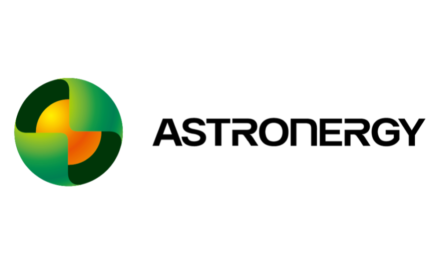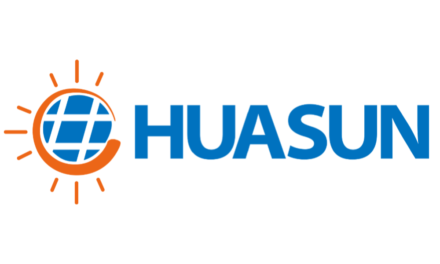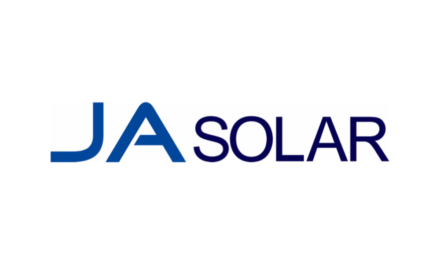- Chinese subsidy curtailment for solar power projects to reduce demand for solar by 18% to 59 GW in 2018 in Asia-Pacific, says Wood Mackenzie
- Solar installations will come down by 30% YoY in 2018,
- China will continue to be the largest market for solar installations over next five years when Asia-Pacific will add 355 GW of new PV capacity
- Japan will see drop in utility scale installations as the country transitions from FIT to auctions, but distributed solar will continue its pace of growth
- It is markets like Vietnam with their attractive policies along with South Korea and Philippines with their RPS that are likely to benefit the most
Reduction in demand for solar in China with the government pulling back financial support to project development along with declining installations in India and Japan is expected to bring down demand in Asia-Pacific by 18% to 59 GW in 2018. With the region moving towards auctions and away from subsidies, Wood Mackenzie (which hast taken over market research firm GTM) says that Asia Pacific will experience lumpy solar demand in the short run, but still over the next five years, it will add 355 GW of new solar capacity.
China slows but remains leader
Wood Mackenzie’s Solar Analyst Rishab Shrestha says that in China alone 2018 installations are expected to come down to 30%, as the country makes further preparations to reduce subsidies. The country has already overachieved its 2020 PV target of 105 MW PV three years earlier as its cumulative capacity was 131 GW in 2017 (see China Exited 2017 With 52.8 GW).
Between 2016 and 2018, module oversupply led to cost decline that exceeded FiT levels leading to higher utility scale installations leading to delays in subsidy payments and curtailments. Yet, the Asian giant is likely to maintain its position as the largest market for solar installations over the next five years, said Wood Mackenzie.
Distributed solar to grow in Japan
Japan, on the other hand, has over 80 GW of solar pipeline capacity thanks to high its feed-in-tariffs (FIT), which the government has now brought down to 50 GW including those operational by re-evaluating the projects based on their business plans. It now includes only those projects that can be commissioned within 3 years. Utility scale installations in the country are likely to slow down as the country transitions from FIT to auction mechanism, but distributed solar is likely to remain stable here.
Shrestha says by 2023, levelized cost of electricity (LCOE) will fall by 25% to $55 per MWh which will make solar more competitive vis-à-vis other traditional energy sources.
The ones to benefit most from solar in Asia-Pacific will be markets with attractive policies such as Vietnam, and those with renewable portfolio standards like South Korea and Philippines. Voluntary procurement of solar in countries as Australia will be another driver for solar installations.















